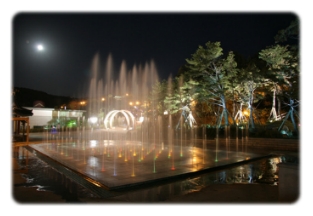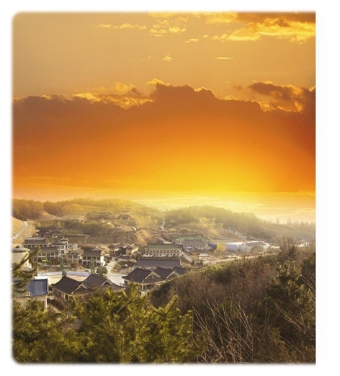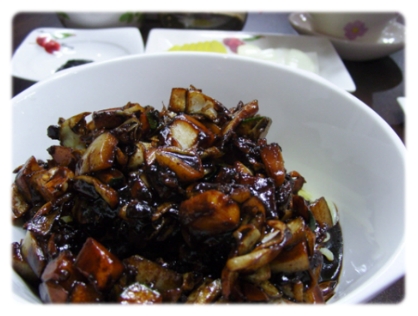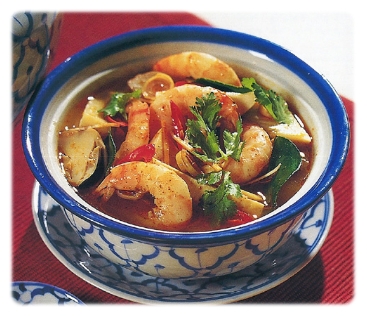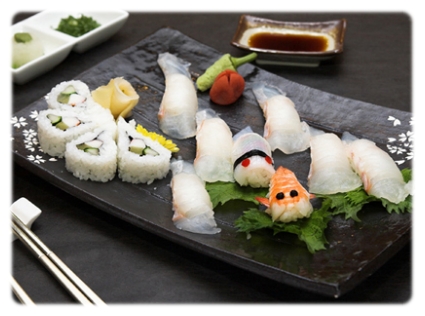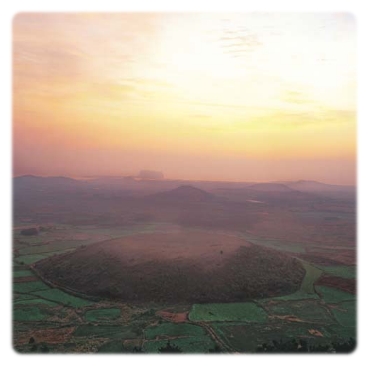At the end of last November, the medical team from the Korea University Anam Hospital flew over to Astana, the capital of Kazakhstan, and carried out the kidney transplant as officially invited by the National Medical Emergency Center of Kazakhstan. The surgery was successful, and the news on the medical techniques of the Korean medical team was aired throughout the country. Not like in Korea, the success rate of the kidney surgery in Kazakhstan is pretty low. However, the organ transplanting was the only way to save Aigerim Kumasheva suffering from the chronic renal insufficiency, so the medical team operated the surgery with her brother’s kidney, which took 8 hours in total. Dr. Kasimov, the head of the medical emergency center of Kazakhstan, appreciated at Korean medical team, saying “Our hospital deeply appreciates at Korean medical team that added a new page to the medical history of Kazakhstan. I was very impressed at their sense of duty as a doctor as well as their medical technology.” This is not the end of successful stories of Korean medical treatment. A number of tourists looking for the medical tourism are continuously visiting Korea. Let’s take a look at what is in Korean medical treatment!
Kazakhstan President’s doctor visited Korea
On April 26, one patient visited the Severance hospital in Korea and received a medical surgery. In fact, he was a lifetime doctor of Kazakhstan president Nursultan Nazarbaev and also a notable specialist in rehabilitative medicine, who was running a huge hospital in Kazakhstan. He first found the successful story of robotic surgery by the Severance hospital from the article among the data of medically advanced countries such as U.S. and European countries. He decided to visit Korea right after counseled by one of his co-workers and met an acquaintance who recovered from the surgery by the Severance hospital.
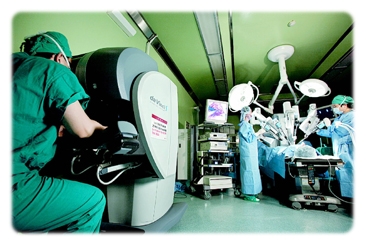
< Sitting aside with the robot called da Vinci, the doctor operates surgery with 3-D screen. The robotic arm is located inside the patient’s body> (Source : Donga News)
He chose Dr. Na, who is well-known to have performed the greatest number of robotic surgeries on prostate cancer in Korea. You will find the reason from the fact that he is the first doctor in Korea who succeeded the robotic surgery in 2005, and also performed about 1,200 surgeries so far. Of course, the result was successful. Dr. Oraz left the hospital with a healthy appearance. Like this, the technology of robotic surgery has achieved recognition throughout the world. You will be surprised to know that many doctors around the world such as U.S., Singapore, Italy, and France visited Korea to learn how to perform the robotic surgery, even paying tuition.
What is da Vinci Robotic Surgery?

<Beyond the limit of hands, da Vinci Robot>(Source : The Center of da Vinci Robot Surgery, Hallym University Kangnam Sacred Heart Hospital)
The robotic surgery was first brought in Korea in 2005 by the Severance Hospital, and since then, it was applied in an operation room. What is the procedure of the surgery? The patient gets general anesthesia like the other surgeries. And then, the robot’s arm is inserted into the abdominal cavity of the patient after injecting the gas and inserting the port into the patients’ abdominal cavity. After then, the doctor pricks several holes for putting robotic arm and camera into his patients. Next, he controls the robot with the exactly same hand movements like he did in the real surgery, watching the 3-D screen that helps doctors take a closer look at the affected area of patient, which is absolutely beyond the human hands.
In particular, the da Vinci robotic surgery is useful to cure some cancer that might bring about a severe side effect and complications when its surrounding nerves and blood vessel are damaged, such as the prostate cancer, rectal cancer, esophageal cancer, and bladder cancer. It is indeed an effective surgery.
Oriental medicine to the world
Korea International Cooperation Agency(KOICA) and the city of Almaty, Kazakhstan made an agreement to establish the Korea-Kazakhstan friendship hospital in 2000. At that time, KOICA used to send doctors and volunteers to the department of internal medicine, dentist, clinical pathology, oriental medicine, and other various fields. Now, the city of Almaty is running the entire hospital according to the further agreement.
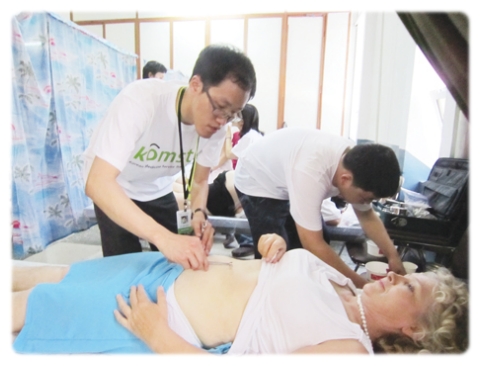
<Medical Services by Korean Medicine Service Team Abroad (KOMSTA), Kazakhstan >
(Source : Akomnews)
Well, there is more. The Korean Medicine Service Team Abroad (KOMSTA) also performed the medical services to 1,000 residents and Korean-Kazakhstan who live in poor medical surroundings. Through the wonderful Korean traditional medical treatment such as acupuncture, moxa cautery, cupping, and oriental medicine in Kazakhstan where 100,000 Korean-Kazakhstan live, we hope that we delivered a pride to Korean-Kazakhstan, and health to those residents. Also we believe that people in Kazakhstan would have more expectations and demands to Korean traditional treatment in the future.
Recently, Korea Institute of Oriental Medicine hosted the training program on ‘Modernization of Korean traditional medicine’ from April 15 to 29 for two weeks targeting the world health care experts. The program is one of the training programs that Korea International Cooperation Agency(KOICA) offered, and in this program, total 14 foreign health care experts from 11 countries of Asia, Central and South America, and Africa, such as Cambodia, Ethiopia, Ghana, Kazakhstan, Laos, Nigeria, Sri Lanka and etc. It will be a great opportunity for the world health care experts to get handful of experience on the Korean traditional medical treatment.
